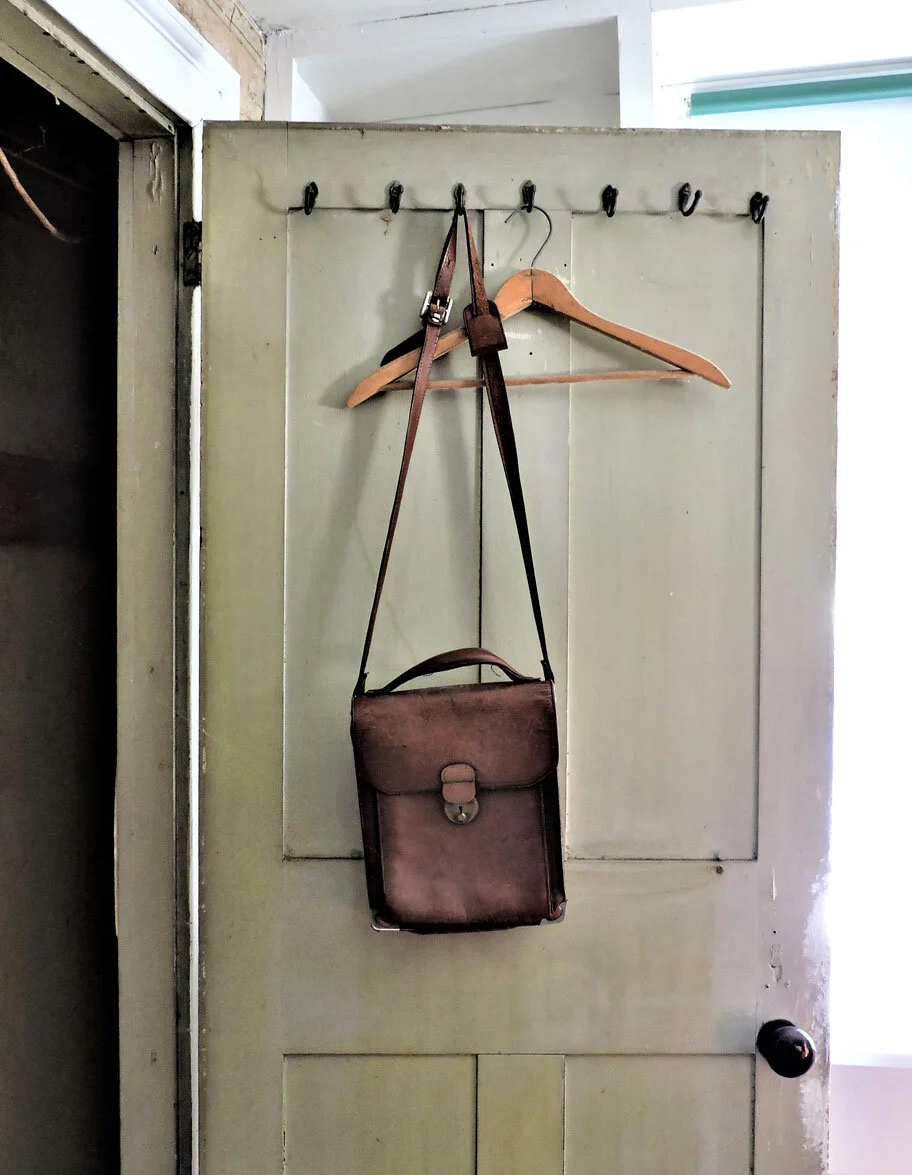The farm now
In 2019, as May was beginning, the future of Eagle Pond Farm was uncertain. Photograph by 603 Estate Sales.
In May 2019, following Don’s death the year before, Eagle Pond Farm was about to be sold. Two auctions and an estate sale would also be stripping the house and barn. Feeling they had to do something, without quite knowing what that “something” would be, a hastily-formed group of neighbors, friends, and colleagues in historic preservation came together to save the farm and to ensure that Don and Jane and their work would be remembered here.
Two members of what was initially called “The Don and Jane Project,” using their retirement funds, promptly bought the farm outright, not to live here but to prevent it from ending up with a buyer who might not respect its history and meaning or might not be prepared to take on its care. They then committed to holding the farm, and bearing the expense of that, to grant some time for supporters to plan for its future. Other members of this impromptu group attended the auctions and estate sale to buy back what they could so not everything associated with Don and Jane, and the farm, would be dispersed.
Reinstated where they had been in the house or barn, these items have returned story, too. They range from large and solid to very small: the blue chair in which Don, when not at his desk, spent his days revising manuscripts or dictating letters--and in place again beside the chair, the two frayed
leather satchels that held each day’s work; another he used to carry books to readings; his desk; the Painted Bed; the Glenwood stoves in sitting room and kitchen; a scattering of family furnishings and photographs; Jane’s Oxford pocket dictionary (so representative of her exact language and imagery); some books, some art (including Warhol’s lithograph of Liz Taylor), augmented by random things not included in the auctions or estate sale, or what was found after it.
Still, the house read differently after the sale. Art that had been everywhere was gone. Bookshelves were mostly bare. The common stuff of daily life was absent, too. Since then, some things have been donated back by people who bought them, and close substitutes have been found for others that got away. Art returns. What remains could however, suggest that Don and Jane kept to old-fashioned ways at Eagle Pond. But that was not their intention. Though they lived with the farm’s old-fashioned furnishings and revered the memory in them, they were, as much, enthusiasts of the modern, and that coupling of old and not-old sparked the life they made here.
To comply with U.S. Park Service standards for historic preservation, which will guide all work at Eagle Pond Farm, careful assessments of the farmhouse and barn will be the basis for a stewardship plan that starts with evaluation of structure, condition, architectural detail, and historical significance, inside and outside. Once this study is complete, decisions can be made about how to proceed with some refreshment and more serious repairs needed to keep the house and barn sound. Then that work can begin after sufficient funds are in hand.
In establishing oversight for the farm’s future use, a long-term plan will be strengthened by nomination of the farm to the National Register of Historic Places, preparation of an application for National Historic Landmark designation, and execution of preservation easements for the farmhouse and barn, similar to conservation easements granted by Don and Jane that protect the land.










